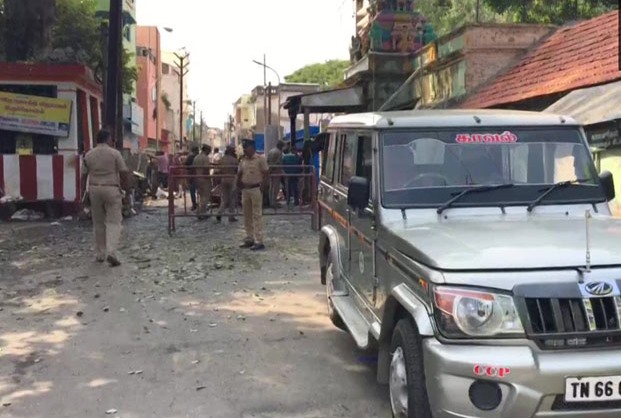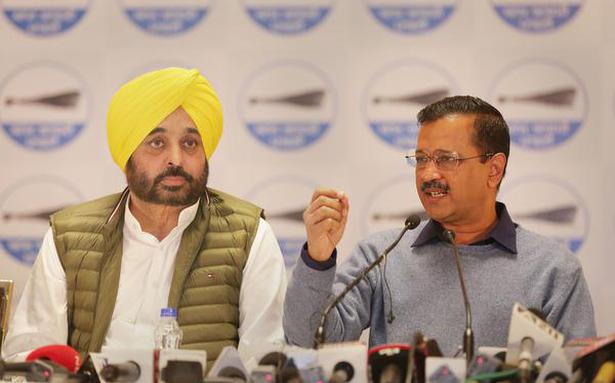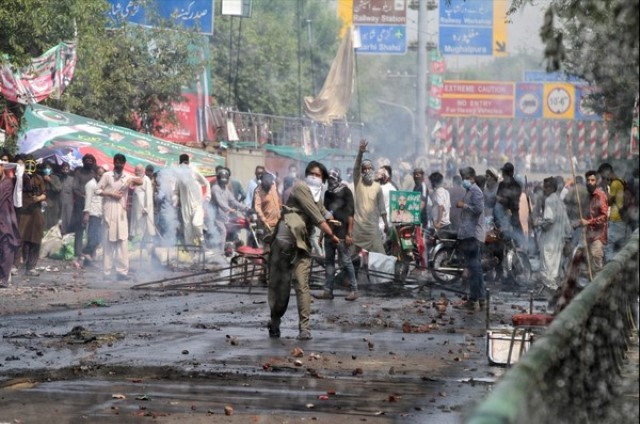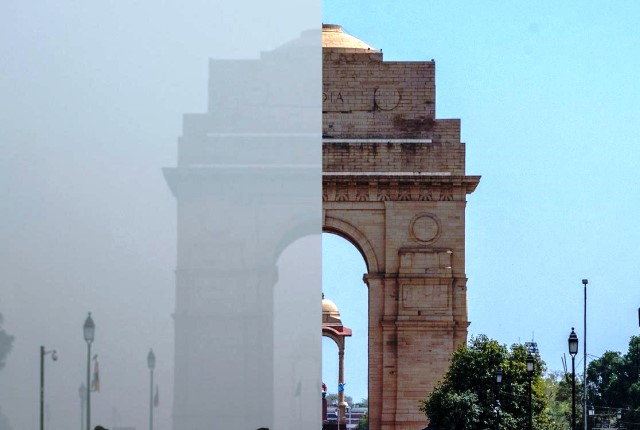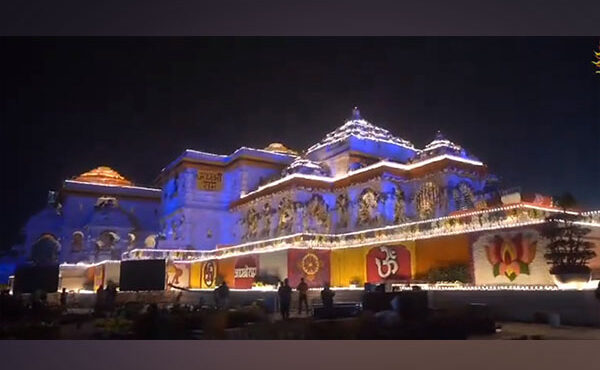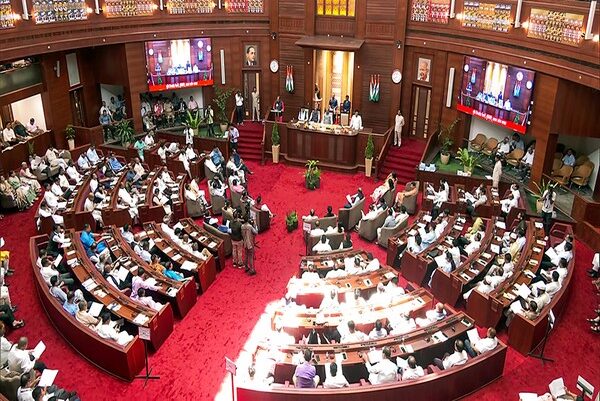Air pollution is now no longer something anyone living in Delhi or the National Capital Region (NCR) is concerned about. Residents are not talking about it anymore. The media don’t care about it either – you won’t find coverage of the issue in any publication, local, regional, or national. Barely three months ago, Delhi was choking. On November 5 last year, the Air Quality Index (AQI), a measure of particulate matter in the atmospheric air that we breathe, had touched 382; around the same time in some of the city’s adjoining suburbs, it had crossed 400. On February 10, as I write this, AQI in Delhi was 186 (as per data on the website); and in Gurgaon 177.
No wonder there’s little concern about air pollution now. AQI has sharply declined since January, almost halved by some measures. Yet, this might be the right time for India to ramp up its fight against air pollution. Every year, beginning in the end of October and lasting well into January, air pollution levels in India rise to dangerous levels, hazardous even. Those are the colder months and as we know cold air traps emitted particulate matter and the density of pollutants in the air increases. Then, as it starts to get warmer, the particulate matter disperses and pollution levels decline.
AQI measures the density of five pollutants in the air: ozone, particulates, carbon monoxide, nitrogen dioxide, and sulfur dioxide. Tiny particulates are most harmful for the respiratory system as they get embedded in the lungs and can lead to a host of serious health problems from breathing-related ailments to death. An AQI level that is higher than 300 is classified as “Hazardous”, which means that the entire population of a city or a region is at risk of health effects and the only safe bet is to stay indoors, avoid outdoor activities and follow health advisories.
Everybody knows that warnings such as those mean nothing in India. People have to be outdoors. Many have to work outdoors, and life has to go on no matter what. Ironically their lives face increasing levels of risk. Consternation and concern about pollution peaks with the AQI level: the higher the AQI the more the outrage and worry. When the AQI levels fall, those worries disappear. That cyclical variation in concern about pollution is as predictable every year as the cycle that the AQI levels follow.
That cycle has to be broken. Let’s consider today’s aforementioned pollution levels in Delhi and Gurgaon. At 186 and 177, respectively in Delhi and Gurgaon, the AQI levels (at the time that I write this) are considered “Unhealthy”. That is, everyone, including those who are otherwise healthy, may begin to experience health effects; sensitive groups, such as people with existing respiratory conditions, are at significantly higher risks; and the warning is to limit outdoor activities, especially strenuous ones. Well, is anyone in Delhi or the NCR heeding these warnings? Silly question, because after all, “unhealthy” is better than “hazardous”.
GRAP(pling) with the pollution
Yet, the time to tackle air pollution in Delhi and the NCR (as well as in an ever-lengthening list of Indian cities and towns) may be now. Unfortunately, thus far the response to the pollution problem has been short-sighted. In the Delhi & NCR area (as well as in some other Indian cities), there is something called the Graded Response Action Plan (GRAP). Introduced by the Central Pollution Control Board (CPCB), GRAP triggers specific actions that escalate depending on the level of pollution in a city as measured by the AQI level.
When the level is “Moderate” to “Poor”, GRAP triggers restrictions on construction activities, vehicular emissions, and industrial processes. When it is “Very Poor” to “Severe”, more steps such as banning diesel generators, closing brick kilns, and implementing the odd-even vehicle rule (cars with odd registration numbers are allowed on one day and those with even numbers the next day). If pollution reaches “Emergency” levels, even stricter steps are added such as shutting down schools, restricting outdoor activities, and enforcements are made tougher.
In theory, GRAP seems well-calibrated. In practice, it has failed. GRAP was introduced nearly eight years ago. In eight years, the pollution problem in Indian cities has worsened at an alarming pace. Every year, especially during the colder months, which ought to be called the “pollution season”, peak AQI levels become higher.
GRAP has faced challenges mainly because the various agencies involved are unable to efficiently coordinate their actions. Also, GRAP is triggered only when pollution actually happens. It is a sort of post facto action, a retroactive system that is triggered only after the problem has already occurred.
Getting a long-term solution
To seriously tackle air pollution in Indian cities, particularly in the NCR where it is acute every year, a longer term, sustained plan is required. A plan that is constant and not triggered only when things get truly out of hand.
Many countries have tackled chronic air pollution problems. In developed countries, which are less densely populated and where industrial activity, particularly in heavy industrial sectors that consume more energy and spew more effluents, has already ebbed, the problem of pollution is less acute. Yet some of the energy conservation and recycling measures followed by them could be lessons. More important, though, are the sorts of solutions that cities in China have been able to find. Ít is a combination of these lessons that Indians must adopt to tackle air pollution in its large cities. And they have to be implemented constantly; not episodically.
ALSO READ: Biofuel Push Will Help Farmers, Curb Pollution
In China, sprawling metropolises such as Beijing and Shanghai made headlines because of uncontrolled pollution levels less than 10 years ago. Today, things have improved. The Chinese government and authorities have taken significant steps to combat air pollution. They’ve implemented strict emission standards for vehicles and industries. Investments in renewable energy, afforestation, and urban green spaces have also been done to improve air quality.
The key lies in implementation. City states such as Delhi and its burgeoning satellite cities of Gurgaon, Noida, and Faridabad, have not had big success with controlling construction activity. In a developing country with a population as large as that of India’s and one that is constantly urbanising, construction becomes a constant activity as demand for housing grows unabated. Then there is the difficult task of zoning in urban areas. Despite decades of effort, polluting factories and manufacturing facilities merge with residential areas in Indian cities, which often become messy sprawls of residential and commercial activity.
Vehicular traffic in Indian cities continues to grow. The number of vehicles in Delhi and NCR is estimated at more than 15 million by some sources. Despite periodic expansions, the area’s public transport system is overcrowded and as the number of middle-income households increases, the number of personal vehicles such as cars and two-wheelers increases too. Many of these add to the emissions that contribute to air pollution.
Integrating pollution control and development
To tackle pollution, India must integrate environmental concerns into its overall development plans. Rather than treating pollution control as an isolated issue, it should be part of a broader strategy. This would require involving multiple stakeholders including different government agencies, local communities, industries, and NGOs. Collaborative efforts can lead to better policy formulation and implementation.
India will also have to revamp and make its real-time data on pollution more accurate. That could help monitor the results of anti-pollution efforts better. It could also improve public accountability and drive more action on the part of communities and individuals.
Nothing works as well as carrots and sticks, particularly when they are in the form of incentives and penalties. India could introduce special taxes on polluting activities (e.g. emissions, waste disposal) and provide incentives for cleaner practices (e.g. renewable energy adoption). Industries have to be held responsible and accountable for pollution. Penalties for non-compliance should be significant.
To be sure, India does have fiscal incentives to address pollution and encourage more sustainable practices. These measures aim to make waste generation, energy production, and transportation sectors more environment-friendly. India has proposed incentives worth $12.4 billion to encourage power plants to install emission-curbing equipment and develop infrastructure for electric vehicles (EVs). What it needs to work on, however, is to make the penalties stricter for polluters.
Indian industry needs to adopt less polluting, cleaner technologies, which can be a challenge and also expensive in a developing country. And invest in more research and development for sustainable solutions.
Finally, there is the challenge of urban planning. Can Indian cities continue to expand in unlimited ways? Should urban planners and city authorities curb such unfettered urban expansion and instead aim at compact cities that are well-planned urban areas with efficient public transportation, pedestrian-friendly infrastructure, and green spaces.
Ideally, such cities would encourage waste reduction and recycling and develop efficient waste management systems. They would limit plastic waste through bans, alternatives, and awareness campaigns. And their residents would have access to education about the impact of pollution on health and the environment.
All that sounds like a great utopian dream. Yet, while it is true that achieving development targets hand-in-hand with environmental goals is a balancing task that is fraught with huge challenges, it is not impossible to achieve. In some parts of large cities in India, pedestrian zones, albeit tiny and limited, are being developed; school students have been active in their efforts to spread awareness of the harms of pollution; and there is the beginning of a shift towards alternative energy to fuel growth. Sadly, though, a lot more will have to be done. Tackling air pollution in India’s big cities is a full-time assignment. Not a seasonal job.
For more details visit us: https://lokmarg.com/
